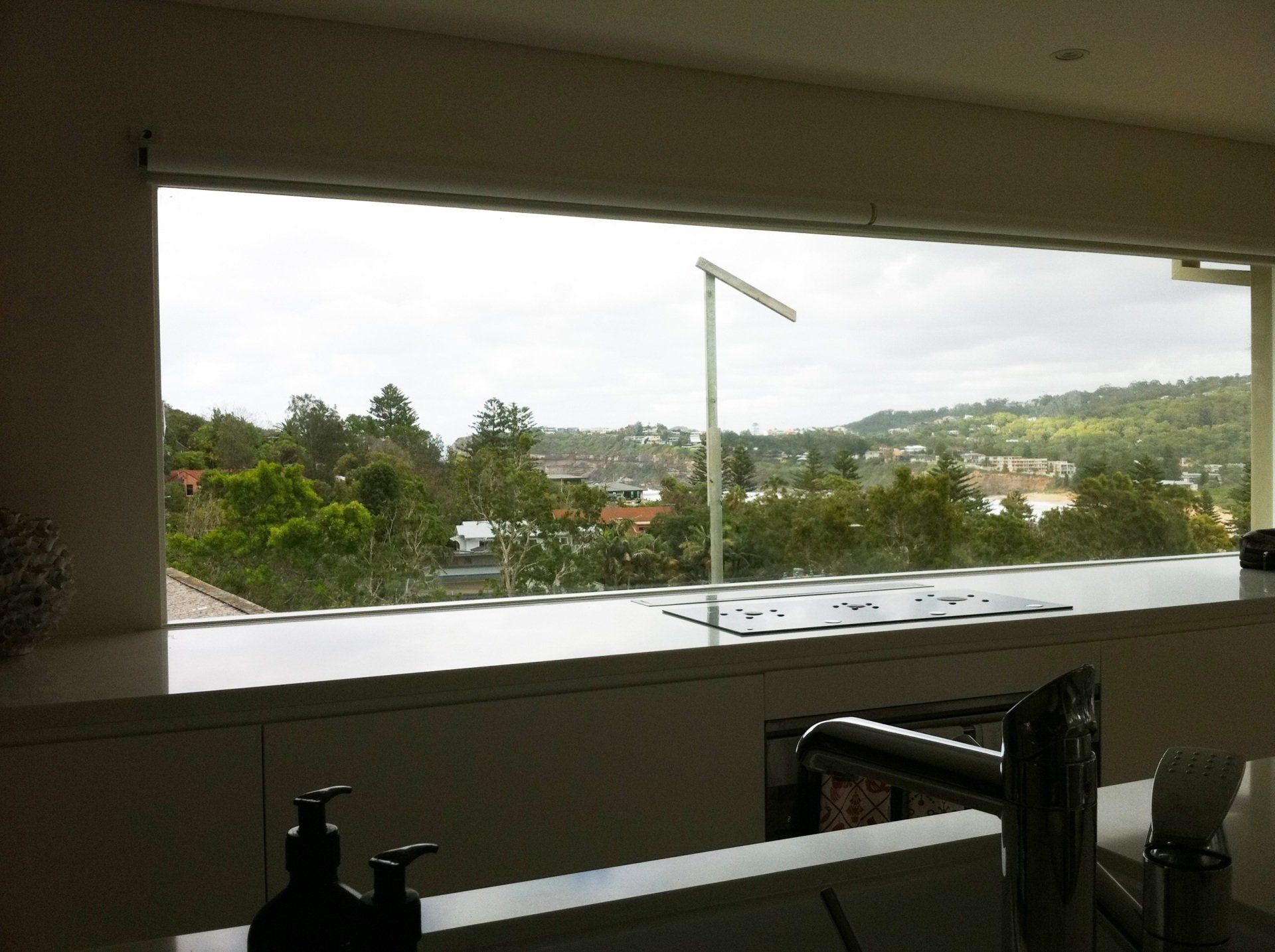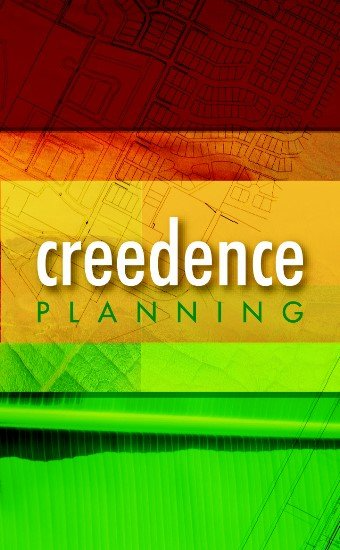Insight on view impact assessment and DA objections
An insider's view on view impact assessment

Figure 1 above: A timber height pole erected on a development site next door to this home and certified as representing the future height of the proposed development by a surveyor. Evidence like this leads to evidence-based, reasonable decision-making on view loss.
Consent authorities throughout New South Wales have a statutory obligation under Section 4.15 of the Environmental Planning & Assessment Act, 1979 to assess all of the potential impacts of a development on all of the potentially impacted adjoining properties, irrespective of whether or not the owners of these adjoining properties have lodged an objection.
Unfortunately, things get missed, particularly for DA's with no objections lodged.
Workloads are very high in councils and there is constant pressure to meet output performance targets. In addition, many young planners working in councils are not given sufficient, meaningful, formal training in assessment skills, such as training in the assessment of view impacts in accordance with the industry accepted “Tenacity” Land and Environment Court Planning Principle*. More often than not, outside of their university study, whatever junior planners in councils know is mostly learned on the job. They should always be supported and mentored by experienced senior planners. Sometimes they are but, alas, mentors are also under their own significant time pressures and the time and effort they put in to help support and train junior staff is not always acknowledged when management is preoccupied with monthly DA turnover statistics. Long-term goals of increasing the technical competence, self confidence and job satisfaction of their staff are sometimes overlooked.
There is rarely ever any proper independent scrutiny over the quality and appropriateness of the decisions being made on DA's. A tempting view to take is that it is quicker, easier and 'low risk' to approve a non-complying DA with no objections without requesting amended plans than it is to ask for amended plans with a higher degree of compliance and proper justification of any non-compliance as a quicker determination improves monthly DA turnover statistics. Overly "customer serviced focussed" consent authorities lose their way in the respective weight that is given to their role as a responsible consent authority and their perception of what good customer service is. There is a perception in some consent authorities that ‘the customer’ is only the applicant when the reality is that a consent authority’s true ‘customer’ is, not only the applicant but, the wider community of the LGA. A council’s statutory obligation and ‘contract with the community’ is that it will make evidence-based decisions and assess DA’s consistently and reasonably against the applicable local planning controls and accepted industry standards (such as the ‘Tenacity’ Planning Principle, in relation to view impact).
Too often, view impact concerns, if they are addressed in DA’s at all, are addressed in a cursory way without any definitive evidence being produced. I have seen some DA’s involving both height and floor space ratio non-compliances being justified by intricate and misleading caselaw arguments that incorrectly suggest that view impact is not a relevant consideration when assessing a statutory non-compliance. I have seen other cases where view impacts are obviously likely but assertions are made in the DA documentation that there are no view impacts with no evidence submitted to support such claims.
The reality is that consent authority planners struggle to do their job in an imperfect system. They are frequently time-pressed, without adequate support or training and their performance is measured on the basis of speed and volume of determinations, but not quality of decision making. This unfortunate environment gives them little incentive to take the time to question the veracity of the DA information in front of them every time, as they should. Consequently, there is a very real prospect for avoidable, non-compliant development with unreasonable view impacts on adjoining properties 'slipping through the system' and being approved, particularly if no objections have been lodged.
It is already too late when you are watching the house next door being constructed and it is clear that a significant view you currently enjoy will be blocked. Third party appeals cannot be fought based on merit issues, they must be based on procedural issues, so a failure of the consent authority planner to reach a proper conclusion on an assessment question is just your plain bad luck after the consent is issued.
You must take action before the consent is granted to ensure the reasonable protection of your views. That means submitting an objection during the notification period, which is usually a 14 day period occurring just after the DA is lodged. A detailed objection with evidence of a likely unreasonable view impact and written in accordance with the industry accepted 'Tenacity' Planning Principle would be difficult for the consent authority planner to ignore.
Have you received a letter in the mail regarding a new DA and you think your views may be impacted?
If so, time is limited, act now. Protect your investment and contact Creedence Planning for advice. One of our unique strengths at Creedence Planning is attention to technical detail. If there is a non-compliance, design issue, missing information, unreasonable view (or any other) impact arising from the DA, we will find them and bring any such matters to the attention of the council planner to assist them in seeking better design alternatives and making a reasonable, evidence-based decision.
* Tenacity Consulting v Warringah [2004] NSWLEC 140








